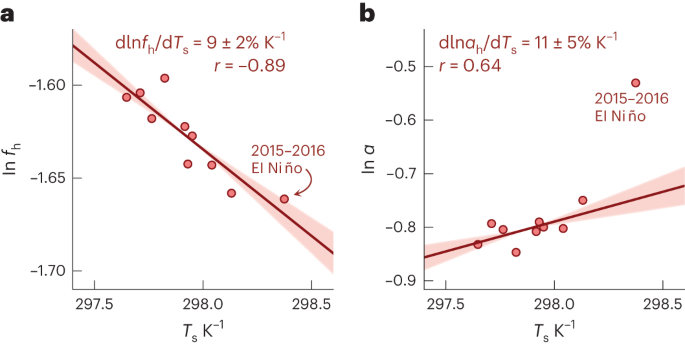Phys.org April 1, 2024
Changes in anvil clouds with warming remain a leading source of uncertainty in estimating Earth’s climate sensitivity. An international team of researchers (France, UK) developed a feedback analysis that decomposes changes in anvil clouds and creates testable hypotheses for refining their proposed uncertainty ranges with observations and theory. They derived a simple but quantitative expression for the anvil area feedback, which depended on the present-day measurable cloud radiative effects and the fractional change in anvil area with warming. Satellite observations suggested an anvil cloud radiative effect of about ±1 W m−2, which requires the fractional change in anvil area to be about 50% K−1 in magnitude to produce a feedback equal to the current best estimate of its lower bound. They used quantitative theory and observations to show that the change in anvil area is closer to about −4% K−1. This constrained the area feedback and led to their revised estimate of 0.02 ± 0.07 W m−2 K−1, which was many times weaker and more constrained than the overall anvil cloud feedback. They showed the anvil cloud albedo feedback to be much less constrained, both theoretically and observationally, which poses an obstacle for bounding Earth’s climate sensitivity… read more. Open Access TECHNICAL ARTICLE

Interannual changes in tropical mean anvil cloud area and anvil cloud albedo… Credit: Nature Geoscience, April 1, 2024